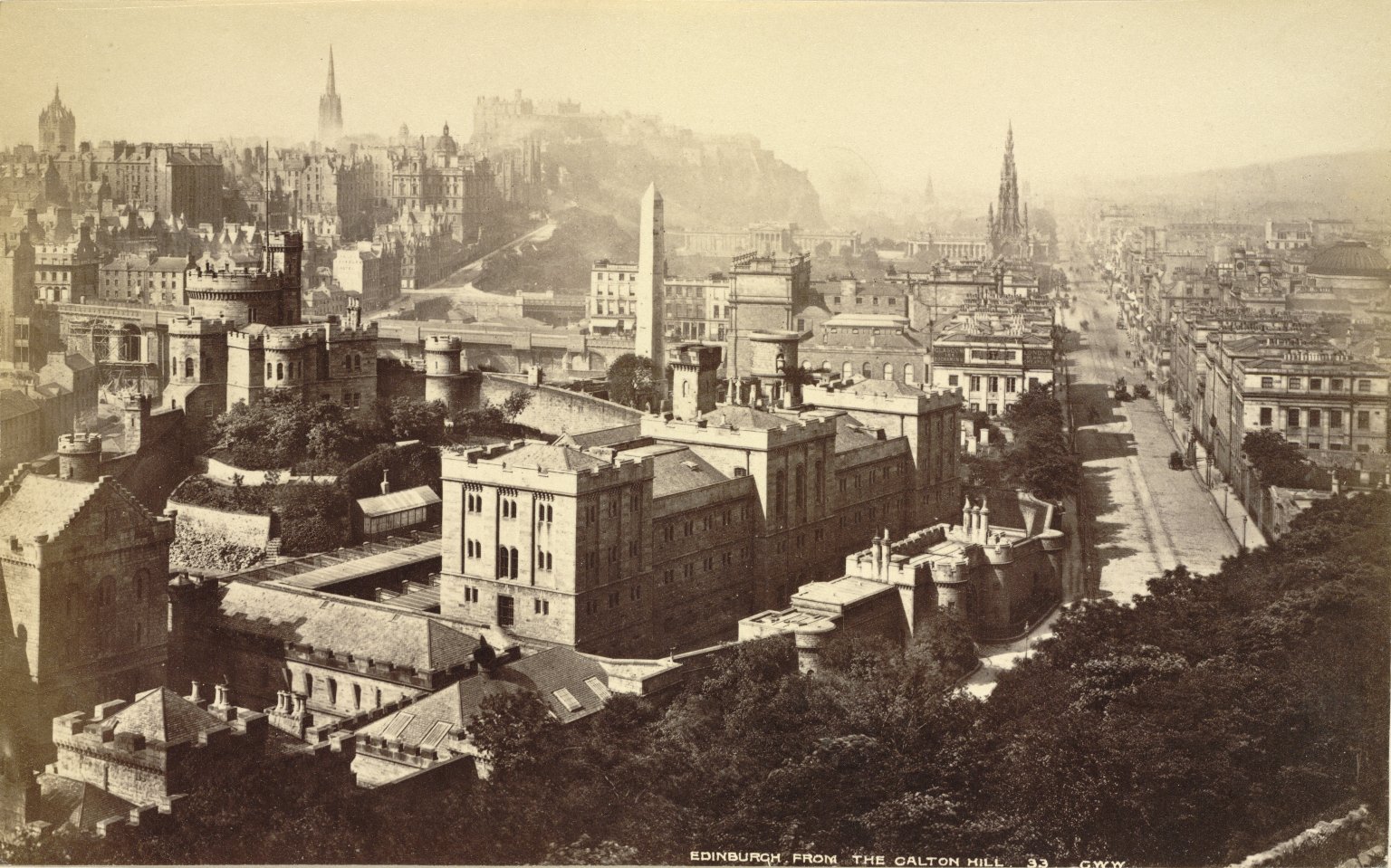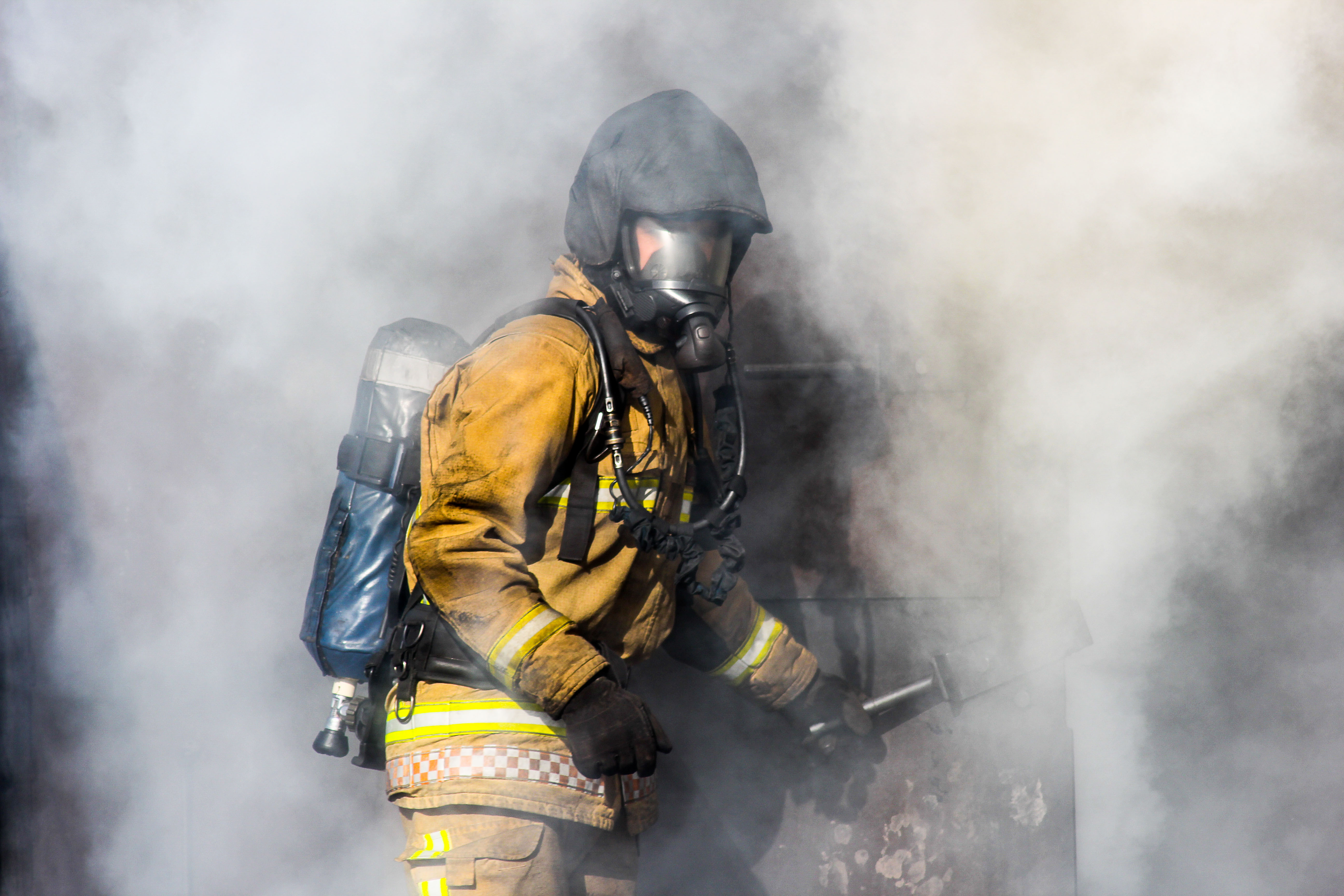|
Her Majesty's Fire Service Inspectorate For Scotland
His Majesty's Fire Service Inspectorate (HMFSI) in Scotland operates as a body within, but independent of, the Scottish Government. The inspectorate exists to provide independent, risk based, and proportionate professional inspection of the Scottish Fire and Rescue Service (SFRS). It gives assurance to the Scottish public and Scottish Ministers that the SFRS is working in an efficient and effective way, and promotes improvement in the SFRS. It also provides independent, professional advice to Scottish government ministers and has functions in relation to non-domestic fire safety. The statutory basis of the inspectorate is set out in sections 43A to 43G of the Fire (Scotland) Act 2005. Its role was substantially amended by the Police and Fire Reform (Scotland) Act 2012 that came into effect on 1 April 2013. Its headquarters are at St Andrews House, Edinburgh. Chief inspector HMFSI in Scotland operates under the leadership of HM chief inspector of the Scottish Fire and Rescue Se ... [...More Info...] [...Related Items...] OR: [Wikipedia] [Google] [Baidu] |
Risk Assessment
Broadly speaking, a risk assessment is the combined effort of: # identifying and analyzing potential (future) events that may negatively impact individuals, assets, and/or the environment (i.e. hazard analysis); and # making judgments "on the tolerability of the risk on the basis of a risk analysis" while considering influencing factors (i.e. risk evaluation). Put in simpler terms, a risk assessment determines possible mishaps, their likelihood and consequences, and the tolerances for such events. The results of this process may be expressed in a quantitative or qualitative fashion. Risk assessment is an inherent part of a broader risk management strategy to help reduce any potential risk-related consequences. Need Individual risk assessment Risk assessment are done in individual cases, including patient and physician interactions. Individual judgements or assessments of risk may be affected by psychological, ideological, religious or otherwise subjective factors, which impa ... [...More Info...] [...Related Items...] OR: [Wikipedia] [Google] [Baidu] |
Scottish Fire And Rescue Service
The Scottish Fire and Rescue Service (SFRS; gd, Seirbheis Smàlaidh agus Teasairginn na h-Alba) is the national fire and rescue service of Scotland. It was formed by the merger of eight regional fire services in the country on 1 April 2013. It thus became the largest fire brigade in the United Kingdom, surpassing the London Fire Brigade. Consolidation After a consultation, the Scottish Government confirmed on 8 September 2011 that a single fire and rescue service would be created in Scotland to replace the eight existing local authority fire and rescue services. Following further consultation on the detailed operation of the service, the Police and Fire Reform (Scotland) Bill was published on 17 January 2012. After scrutiny and debate by the Scottish Parliament, the legislation was approved on 27 June 2012. The Bill duly received royal assent as the Police and Fire Reform (Scotland) Act 2012. This Act also created Police Scotland in place of the previous eight regional pol ... [...More Info...] [...Related Items...] OR: [Wikipedia] [Google] [Baidu] |
Fire (Scotland) Act 2005
The Fire (Scotland) Act 2005 text (as passed). is an made to "make provision about fire and rescue authorities and joint fire and rescue boards; to restate and amend the law in relation to fire services; to make provision in relation to the functions of such authorities and boards in connection with certain events and situations other than fires; to make provision for implementing in part Council Directives 89/391/EEC, 89/654/EEC, 91/383/EEC, 94/33/EC, 98/24/EC and 99/92/EC; to make other provision in relation to fire safety in certain premises; and for connected purposes. " The Bill for this Act was passed on 23 February 2005 and received Royal Assent on 1 Apri ... [...More Info...] [...Related Items...] OR: [Wikipedia] [Google] [Baidu] |
Police And Fire Reform (Scotland) Act 2012
The Police and Fire Reform (Scotland) Act 2012 is an Act of the Scottish Parliament. This legislation merged the eight separate police forces and fire and rescue services in Scotland, plus several central agencies, into single agencies covering the whole of Scotland. These new agencies, Police Scotland and the Scottish Fire and Rescue Service, formally came into being on 1 April 2013. By establishing the Scottish Police Authority and the Police Service of Scotland, it replaced the arrangements previously set out in the Police (Scotland) Act 1967. The legislation also made provision for the Auditor General for Scotland to become responsible for auditing the Scottish Police Authority, and the Scottish Fire and Rescue Service. See also * Police and Fire Services (Finance) (Scotland) Act 2001 * Fire (Scotland) Act 2005 The Fire (Scotland) Act 2005 t ... [...More Info...] [...Related Items...] OR: [Wikipedia] [Google] [Baidu] |
St Andrews House
St. Andrew's House (SAH), on the southern flank of Calton Hill in central Edinburgh, is the headquarters building of the Scottish Government. The building stands on the site of the former Calton Gaol. Today, the turreted Governor's House is all that remains of the former prison, next to the Old Calton Burial Ground and Political Martyrs' Monument. The large Category A listed Art Deco-influenced building looks out over Waverley Station, the Canongate and Holyrood Park. Construction The building was designed by Thomas S. Tait of Burnet, Tait and Lorne, architects, who won the architectural competition to gain the commission. Construction began in November 1935 and was completed in 1939; the building initially housed the Scottish Office, including the offices of the Secretary of State for Scotland. The heraldic sculpture on the front is by John Marshall. The requirement for the building arose as a result of a post First World War policy of limited transfer of devolved admini ... [...More Info...] [...Related Items...] OR: [Wikipedia] [Google] [Baidu] |
Order In Council
An Order-in-Council is a type of legislation in many countries, especially the Commonwealth realms. In the United Kingdom this legislation is formally made in the name of the monarch by and with the advice and consent of the Privy Council ('' King-in-Council''), but in other countries the terminology may vary. The term should not be confused with Order of Council, which is made in the name of the Council without royal assent. Types, usage and terminology Two principal types of Order in Council exist: Orders in Council whereby the King-in-Council exercises the royal prerogative, and Orders in Council made in accordance with an Act of Parliament. In the United Kingdom, orders are formally made in the name of the monarch by the Privy Council ('' King-in-Council or Queen-in-Council''). In Canada, federal Orders in Council are made in the name of the Governor General by the King's Privy Council for Canada; provincial Orders-in-Council are of the Lieutenant-Governor-in-Council by the ... [...More Info...] [...Related Items...] OR: [Wikipedia] [Google] [Baidu] |
Fire Services In The United Kingdom
The fire services in the United Kingdom operate under separate legislative and administrative arrangements in England and Wales, Northern Ireland, and Scotland. Emergency cover is provided by over fifty agencies. These are officially known as a fire and rescue service (FRS) which is the term used in modern legislation and by government departments. The older terms of ''fire brigade'' and ''fire service'' survive in informal usage and in the names of a few organisations. England and Wales (and formerly Scotland) have local fire services which are each overseen by a fire authority, which is made up of representatives of local governments. Fire authorities have the power to raise a Council Tax levy for funding, with the remainder coming from the government. Scotland and Northern Ireland have centralised fire services, and so their authorities are effectively committees of the devolved parliaments. The total budget for fire services in 2014-15 was £2.9 billion. Central government m ... [...More Info...] [...Related Items...] OR: [Wikipedia] [Google] [Baidu] |
His Majesty's Chief Inspector Of Fire Services
The title and job role of His Majesty's Chief Inspector of Fire and Rescue Services in England, Scotland and Wales is combined with that known as Fire and Rescue Adviser (or Government Fire and Rescue Adviser) appointed by the devolved and national governments of the United Kingdom. Despite holding both titles simultaneously the roles of "HM Chief Inspector of Fire and Rescue Services", and that of "Fire and Rescue Adviser" differ slightly. There is currently an HMCI in England, Wales, and Scotland – all of whom are also fire and rescue advisers to their respective governments. Both roles are categorical in law and cannot be overruled except by the sovereign. In his or her political capacity as "Fire and Rescue Adviser" the post holder is responsible for advising their respective UK governments on all matters concerning the fire and rescue service in their jurisdiction. As His Majesty's Chief Inspector the post holder is responsible for auditing of all the local authority fi ... [...More Info...] [...Related Items...] OR: [Wikipedia] [Google] [Baidu] |
Fire And Rescue In Scotland
Fire is the rapid oxidation of a material (the fuel) in the exothermic chemical process of combustion, releasing heat, light, and various reaction products. At a certain point in the combustion reaction, called the ignition point, flames are produced. The ''flame'' is the visible portion of the fire. Flames consist primarily of carbon dioxide, water vapor, oxygen and nitrogen. If hot enough, the gases may become ionized to produce plasma. Depending on the substances alight, and any impurities outside, the color of the flame and the fire's intensity will be different. Fire in its most common form can result in conflagration, which has the potential to cause physical damage through burning. Fire is an important process that affects ecological systems around the globe. The positive effects of fire include stimulating growth and maintaining various ecological systems. Its negative effects include hazard to life and property, atmospheric pollution, and water contamination. If fi ... [...More Info...] [...Related Items...] OR: [Wikipedia] [Google] [Baidu] |
Organisations Based In Edinburgh
An organization or organisation (Commonwealth English; see spelling differences), is an entity—such as a company, an institution, or an association—comprising one or more people and having a particular purpose. The word is derived from the Greek word ''organon'', which means tool or instrument, musical instrument, and organ. Types There are a variety of legal types of organizations, including corporations, governments, non-governmental organizations, political organizations, international organizations, armed forces, charities, not-for-profit corporations, partnerships, cooperatives, and educational institutions, etc. A hybrid organization is a body that operates in both the public sector and the private sector simultaneously, fulfilling public duties and developing commercial market activities. A voluntary association is an organization consisting of volunteers. Such organizations may be able to operate without legal formalities, depending on jurisdiction, includin ... [...More Info...] [...Related Items...] OR: [Wikipedia] [Google] [Baidu] |



